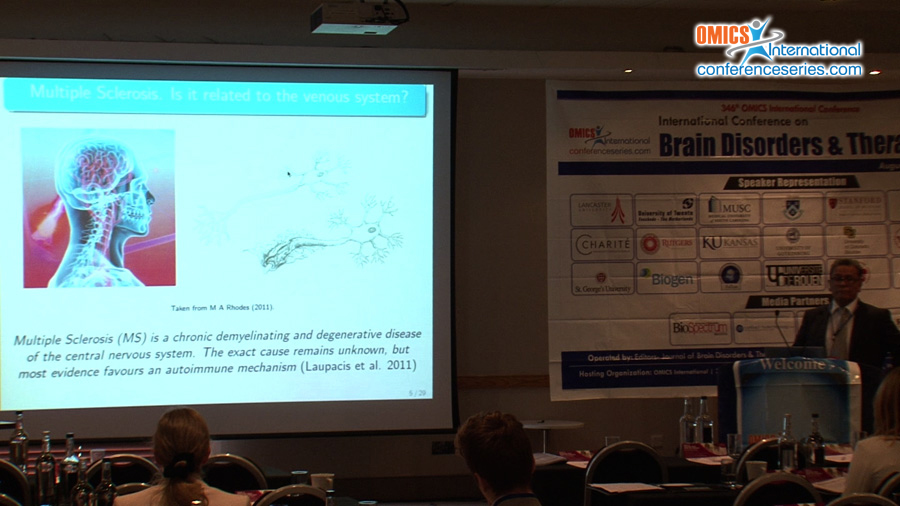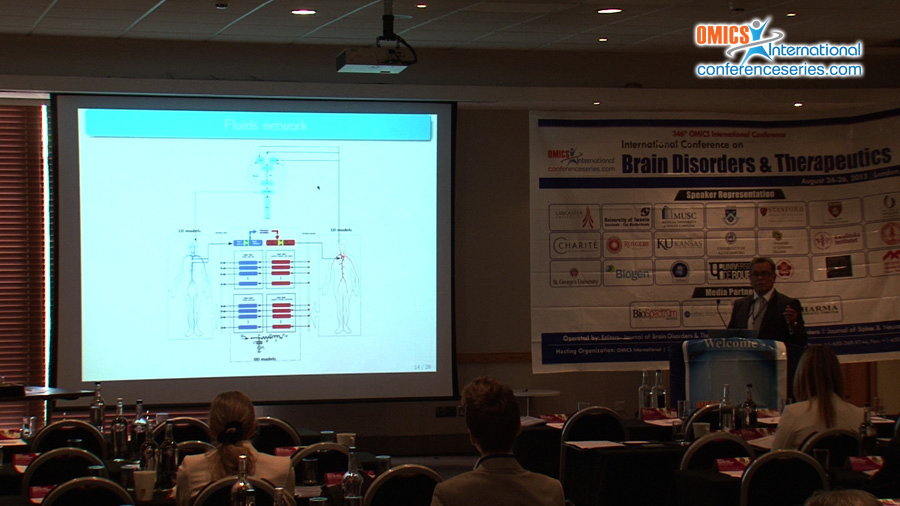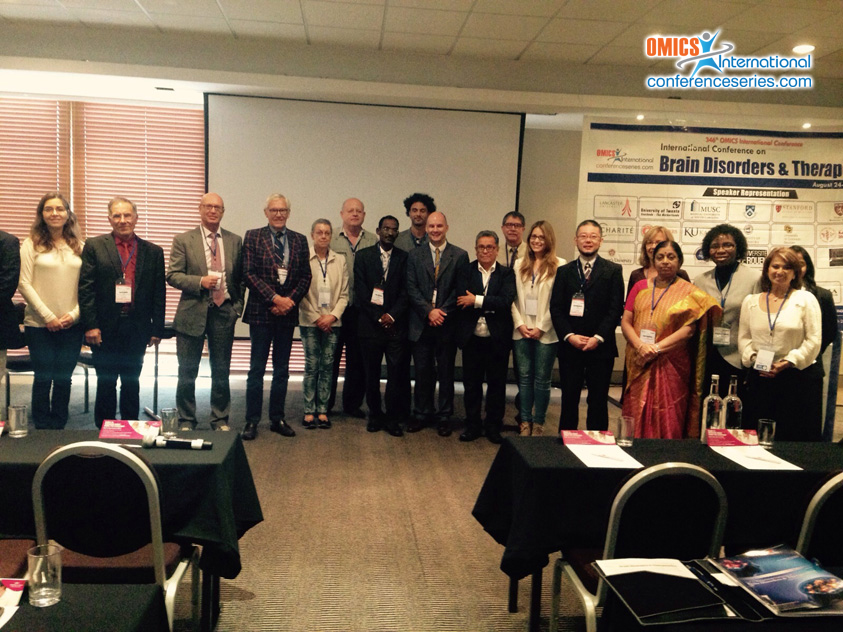
Eleuterio Toro
University of Trento, Italy
Title: The potential role of venous haemodynamics in some brain pathologies
Biography
Biography: Eleuterio Toro
Abstract
Recent medical research has identified a strong association between some pathologies of the central nervous system and anomalous cerebral venous haemodynamics. Such pathologies include Retinal Abnormalities, Transient Global Amnesia, Transient Monocular Blindness, Meniere’s Disease and Idiopathic Parkinson\'s Disease. Here we focus our attention on the biophysics of the circulation to address some of the questions raised regarding some of these brain pathologies, one of them being the hypothesis of brain venous hypertension. Such hypothesis is difficult, if not impossible, to prove through direct invasive measuring methods. Here we adopt a theoretical approach to study the problem, through a mathematical model for the full human circulation [1], [2], [3]. The model includes sub-Ââ€models for the arterial system, the microvasculature, the venous system, the heart and the pulmonary circulation. The model adopts a geometric multi-Ââ€scale approach comprising 1D models for major vessels and 0D models for the remaining components. Particular attention is paid to the brain venous system, allowing for the use of MRI-Ââ€acquired patient specific geometries and adopting a refined representation of the cerebral venous network, including models for the Starling-Ââ€like behaviour of cerebral veins and admitting the interaction of the blood with the cerebro spinal fluid. The model has been validated by using available data in the literature and specially obtained in vivo MRI cerebral flow quantification data. In this paper we apply our mathematical model to demonstrate that extra-Ââ€cranial venous strictures, such as malfunctioning valves and stenosis, cause intracranial venous hypertension. We show results of relevance to Meniere’s Disease, Idiopathic Parkinson\'s Disease and Multiple Sclerosis. We speculate on the potential clinical implications.




